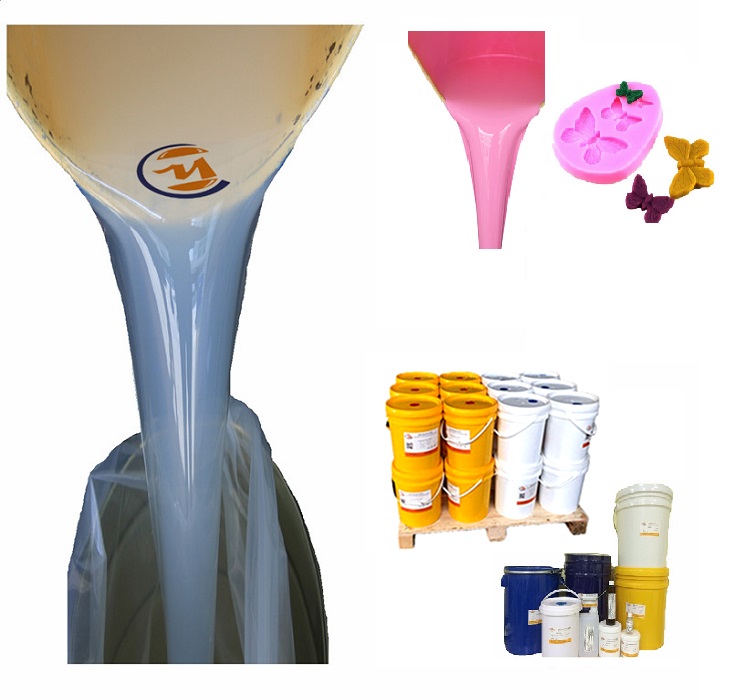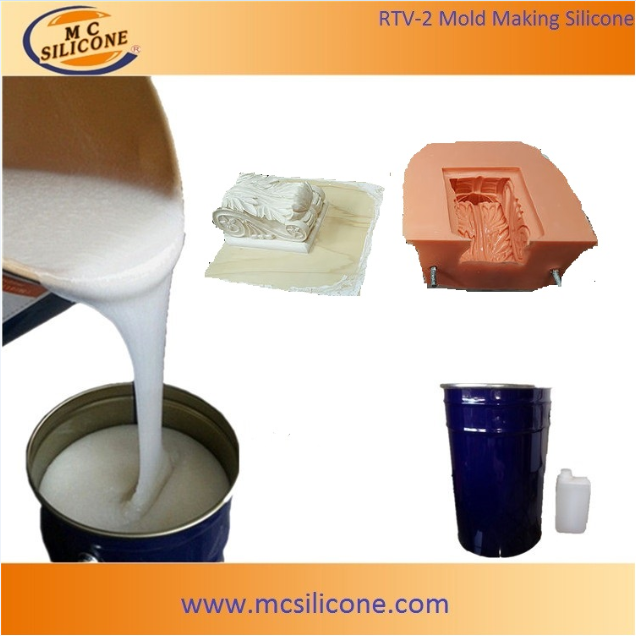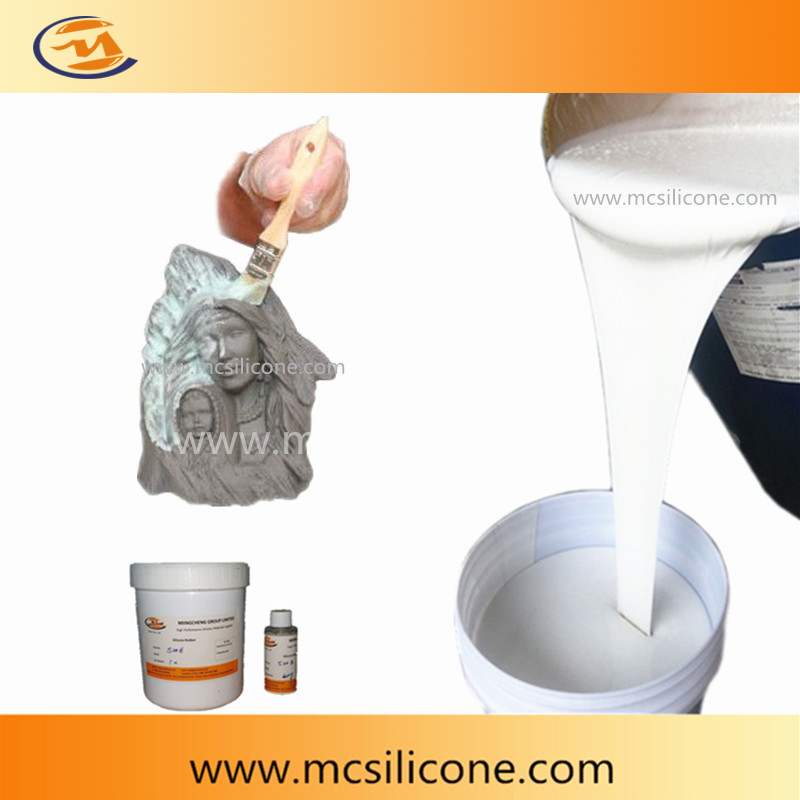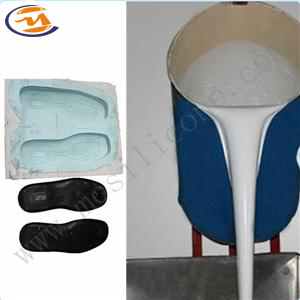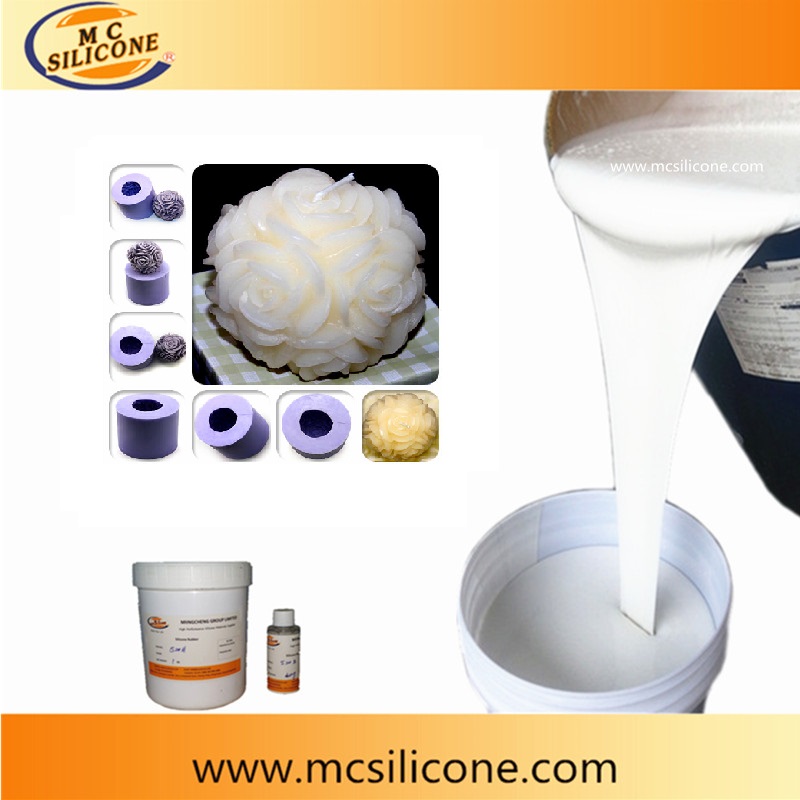Product Categories
-
- RTV-2 Liquid Silicone Rubber (22)
- Liquid Polyurethane Rubber (8)
- Electronic Potting Silicone (6)
- Clear Epoxy Resin (3)
- Silicone Fluids (3)
- Other Products (7)
- Silicone Putty (3)
- Silicone Sex Dolls (2)
Contact Details
-
- Email : info@mcsilicone.com
- Phone : 86-769-82693920
- Fax : 86-769-82606808
- Address : No.3, Chuang Ye 2nd Rd., He Lu Industrial Zone, Huang Jiang, Dong Guan, GuangDong
Translucent Food Grade RTV2 Platinum Cure Silicone Rubber For Making Chocolate Cookie Molds
-
Translucent Food Grade RTV2 Platinum Cure Silicone Rubber For Making Chocolate Cookie Molds
Brand Name MC Product Origin China Delivery Time about 3-5 working days after payment received Supply Ability 4000kg per day Product Description
Translucent Food Grade RTV2 Platinum Cure Silicone Rubber For Making Chocolate Cookie Molds
Product descriptionTwo-component addition type silicone rubber Silicone Rubber is a two-part, platinum-catalyzed, liquid silicone system that cures (RTV) to a Shore A20 rubber. The polymerization can be accelerated by heat. The silicone components are delivered as liquids, which once mixed and cured transform into a transparent, elastic and resistant material. Polymerization occurs without formation of heat.
Features
High Transparency
High tear and tensile strength
Long shelf life with low shrinkage
Fast mixing (1:1)
Easy processing due to the low viscosity

Applications
Label manufacturing, Molding applications requiring low shrinkage e.g., jewelry, automotive, plaster, cement, cake decorations, etc.


Technical Properties
Item No. MCPLA-L20A/B Appearance Viscous liquid Color Translucent Viscosity ( cps,approx.) 7000-9000 Mix ratio (A:B) 1:1 Working time(at 25℃ ,minutes) 30-40 Curing time(at 25℃,hrs,approx.) 6 Hardness Shore A(after 24 h) 20 Tensile Strength(Mpa,after 24 h) 3.8 Elongation(%) 600 Tear Strength(N/mm) 16 Linear Shrinkage (%) 0.1
Processing and Instructions of Addition Cure Silicones1. Mixing the two components
According the mixing ration 10:1 or 1:1 weighting A and B, the two components may be thoroughly mixed either by hand or using a low-speed electric to minimize the degassing of bubbles and to avoid any temperature increase. Note: It is also possible to use a special mixing and dispensing machine for the silicone components, further information is available upon request.
2. Moulding
The mixture should be degassed preferably at 30 to 50 mbar to eliminate any entrapped air. If a dispensing machine is used, the two components are degassed separately prior to mixing. The silicone mixture expands to 3-4 times of its initial volume and bubbles rise to the surface. The bubbles progressively disappear and the mixture returns to its initial volume after 5 to 10 minutes. Wait a few minutes to complete the degassing and then flash the vacuum. The silicone is ready for pouring, either by gravity or under low pressure.
Note: Flashing the vacuum once or twice accelerates the degassing. It is recommended to use a container with a high diameter/height ratio (3 to 4 times of the initial volume)
3. Polymerisation
The curing may be slowed down at lower temperature or accelerated by applying heat.
Note:
Contamination from sulfur (e.g., sulfur-based clay), amines, tin compounds, cured polyester resin, some paints and some silicone rubbers may inhibit surface cure of platinum-cured rubbers.
Apply a release agent, Although not usually necessary, a release agent will make demolding easier when casting into most surfaces.
Packaging
20kg per drum, 200kg per drum

Storage and shelf life
MC Silicone MCPLA -H Series should be used within 12 months from the manufacturing date. Beyond this date, MC silicone no longer guarantees the products confirms with the sales Specification. In order to preserve best properties it is recommended to follow strictly the following guild lines:
Store the original packing tightly sealed and at a temperature below 30 degree Celsius.
Use the product as soon as the packaging has been opened.
